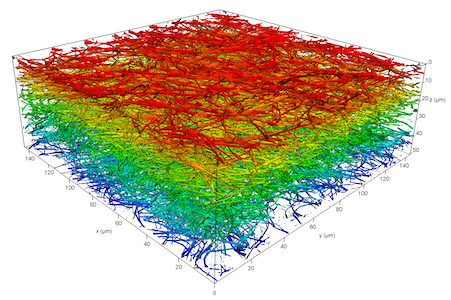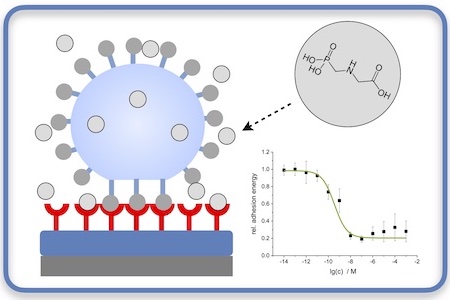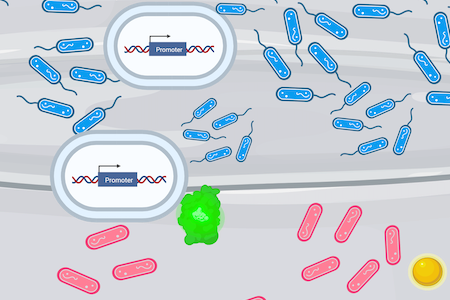Based on biophysical, biochemical and cellular analyses, we support a systemic understanding of exogenous cell signals and the application of the engineered materials in in vitro assays for biomedical studies and for fundamental studies of biofilm design in biotechnology. Furthermore, we apply hydrogel-microparticle based biosensors for the detection of anthropogenic analytes in different aqueous environments. A broad range of analytes including pesticides, xenohormones and antibiotics are targeted for cheap, on-site and highly sensitive readouts to be applied in environmental monitoring and food control.
LivMat Project Started
We recently started our new m-ERA.net project “LivMat: Productive catalytic living materials: combining 3D biobased fibrillar membranes with synthetic microbial consortia to produce chemicals” together with our partners from Helmholtz-UFZ, Solaga GmbH, Instanbul Technical University, Kaunas University of Technology and University of Latvia. The LivMat project aims to syndicate biobased porous materials with microbial consortia to effectively capture natural and waste resources to synthesize chemicals continuously, demonstrating the basis for catalytic living materials. Within the project we will exemplify the approach by the production of monomers for textile polymer synthesis including ε-caprolactone and adipic acid. For more information see here.
New Paper on Modulating Paracrine Cell Signals in a Biomimetic Wound Healing Model
In cooperation with colleagues from Leibniz Institute of Polymer Research Dresden and Max Bergmann Center of Biomaterials Dresden, we published a paper in Gels on a biomimetic wound healing model using cocultures of primary human fibroblasts and macrophages in 3D collagen networks functionalized with sulfated glycosaminoglycans. We show that the network functionalization and the degree of sulfation of GAGs influences the paracrine cell-cell signaling in the in vitro model. For further reading see here.




